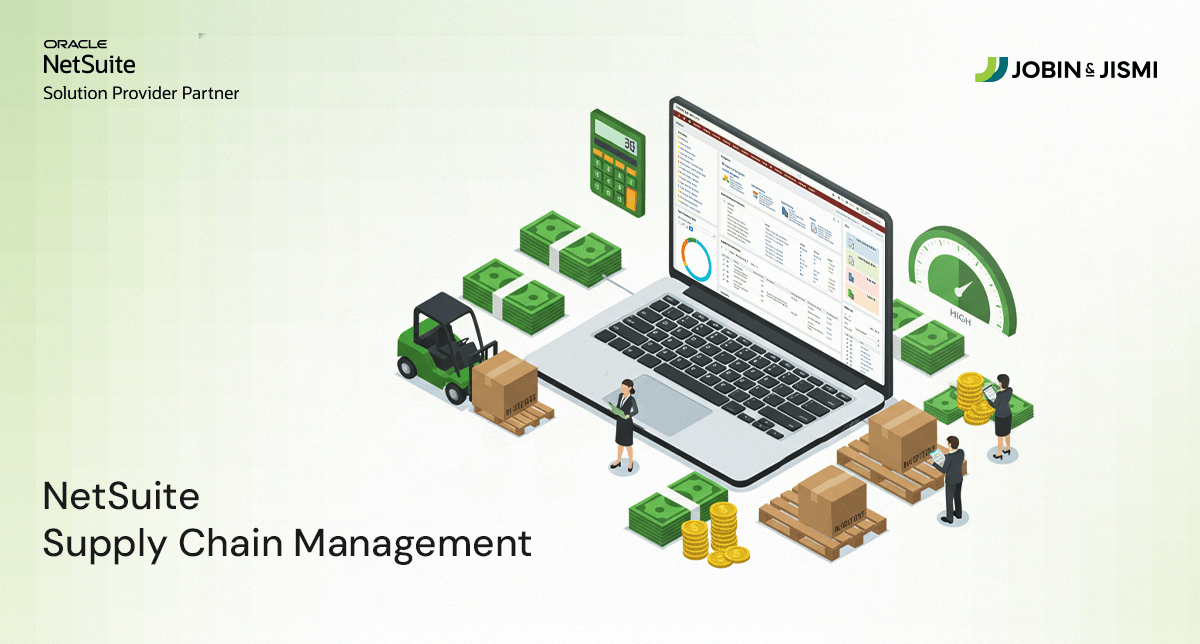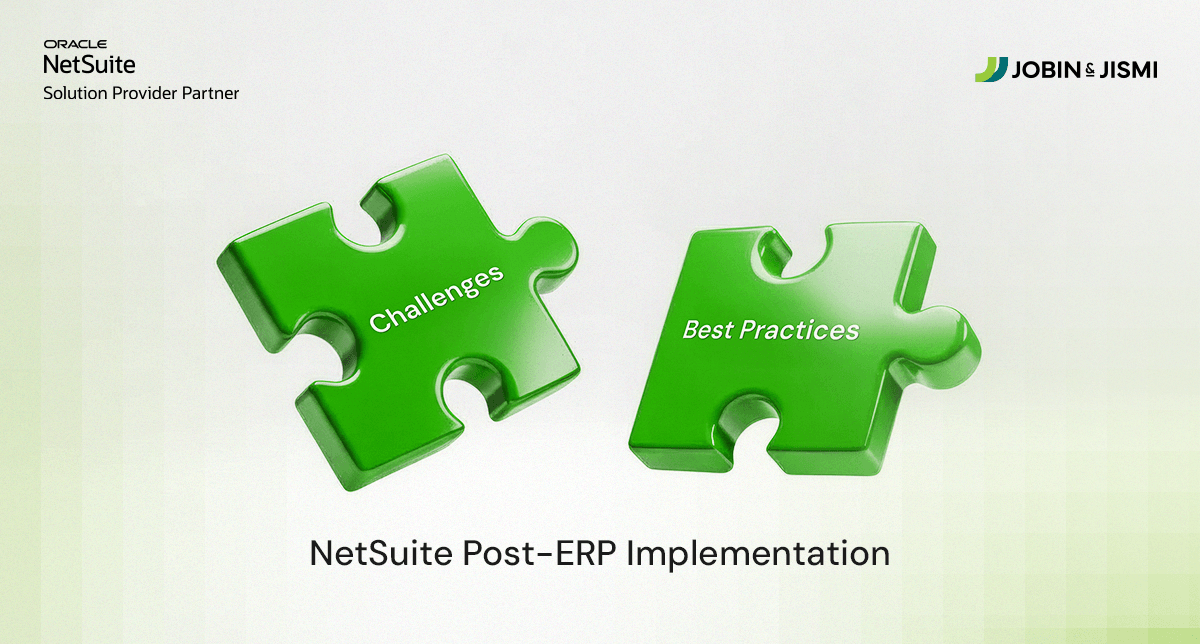Have a Look at the Complete 2024 Guide for NetSuite Integration

Following the trend is a routine affair, but aligning the current trend and future developments is something that benefits you the most. Technology is changing day by day, and regularly adopting a system for your business operations may not be practical. Currently, most enterprises are managed by systems or software utilizing cloud-based functionality. It serves as a medium for accessing data from anywhere under a centralized system.
NetSuite is one such cloud-based ERP (Enterprise Resource Planning) platform that has empowered businesses to efficiently manage various aspects of their operations for the past 25 years. Even if you are using a traditional or outdated system, your data can be entirely integrated into NetSuite to produce better results. As we are about to welcome 2024, understanding the ins and outs of integration remains essential for organizations seeking to stay competitive in today’s business scenarios. Gain more insight with our NetSuite Integration guide now!
Understanding NetSuite Integration
Designed for the cloud, NetSuite is flexible, easy to use, and customizable. The best part is that you can adjust it to fit your business needs, operations, and goals. Now, you might be wondering about the role of integration with NetSuite. How does it help maintain multiple systems efficiently? Let’s start by exploring the common integration options available in NetSuite ERP.
• API Integration: This makes use of API capabilities, facilitating effective communication between NetSuite and other systems.
• Web Services Integration: Employing web services like SOAP (Simple Object Access Protocol) establishes communication between this software and other platforms, allowing real-time data sharing and updates through web-based interfaces.
• Pre-built Connections: NetSuite Connector (formerly FarApp) provides point integration for eCommerce, logistics, and sales, allowing businesses to exchange data between systems.
• File Transfers: Integration through file transfers enables the smooth exchange of data. NetSuite offers a built-in CSV (Comma Separated Value) and supports Excel and other file formats, providing the capability to effortlessly import information from other systems.
• SuiteAnalytics Connect: The NetSuite SuiteAnalytics Connect service allows the storage, analysis, and reporting of NetSuite data using third-party tools or a custom application on any type of Windows, Linux, or OS X operating system. NetSuite Connect provides ODBC, JDBC, and ADO NET drivers to connect to a variety of applications, including Microsoft® Excel, BIRST, Adaptive, and Oracle Analytics Cloud.
NetSuite Integration Benefits
• Automated Order Management: Speed up and simplify order placement and fulfillment by sending orders to 3PLs, suppliers or warehouses.
• Better Inventory Management: Track products accurately across multiple locations to improve reorder points, monitor safety stock, and enable more precise cycle counts.
• Simplify Accounting: Repetitive processes, such as recording transactions, handling payables and receivables, and closing the books, can be automated, resulting in more timely, accurate reporting and improved control over financial assets.
• Instant Data Insights: With real-time data synchronization across systems, you can engage in informed decision-making based on the latest information available.
• Improved Customer Interaction: Integrating the software with CRM (Customer Relationship Management) systems delivers personalized services and ensures timely response to customer needs.
• Dominance in E-commerce: Integration with E-commerce platforms gives you a significant advantage in monitoring your operations, including sales, inventory, and customer data. This ensures a complete view of clients approaching via online and offline channels.
• Shipping Solutions: Integration with major carriers like FedEx and UPS optimizes the shipping process for organizations. This not only automates the creation of shipping labels but also ensures that customers receive real-time tracking information for enhanced transparency.
How to Go About it
1. Define the Objectives: Clearly outline the goals of integration to ensure alignment with overall business objectives. Prioritize features based on needs, ensuring a strategic and focused approach to incorporating NetSuite.
2. Choose the Methodology: Choose an appropriate integration method based on your requirements. Assess the scenarios and complexity, especially when dealing with multiple systems. Additionally, evaluate the necessity to synchronize large datasets and implement real-time updates. Furthermore, the selection of the right integration team plays a key role in ensuring a timely and efficient integration process.
3. Data Mapping and Transformation: Understand the data models of both NetSuite and the integrated system. Implement effective data mapping and transformation strategies to maintain data accuracy. This includes identifying key data fields, handling format disparities, and ensuring continuous information flow.
4. Security Measures: Implement robust security protocols to safeguard sensitive data. Utilize encryption and authentication mechanisms to protect against potential threats.
5. Testing and Quality Assurance: Conduct thorough testing throughout the integration process to identify and rectify potential issues. Test data flow, error handling, and system responsiveness to keep hassles away. Prioritize quality assurance to minimize disruptions and ensure data accuracy.
6. Documentation and Knowledge Transfer: Maintain a comprehensive documentation of the entire process, including configuration settings, data mapping, and security protocols. Facilitate knowledge transfer among team members to ensure continuity and empower them to address potential issues.
7. Post-Integration Support: Opt for a team that provides ongoing support after the integration to promptly resolve any issues that may arise. Establish a dedicated support system, monitor system performance, and optimize operations further. This ensures the complete success of the process.
Common NetSuite Integration Challenges and Solutions
- Data Sync Issues: Implement scheduled data sync processes between NetSuite and integrated systems to resolve synchronization challenges. Use reliable error handling mechanisms to manage discrepancies and maintain data integrity effectively.
- Customization Challenges: Overcome customization hurdles by understanding NetSuite’s SuiteTalk API limitations and capabilities. Utilize scripting and SuiteFlow for tailored solutions, aligning the integration with specific business needs.
- Workflow Optimization: It can be done by strategically designing and automating processes within the software. This enhances efficiency, reduces manual efforts, and maximizes the benefits of NetSuite integration.
Wrapping Up
NetSuite Integration can make your business run smoother by improving how data is handled, automating tasks, and making everything work more efficiently. The software is also advancing with AI solutions to further enhance its capabilities. Choosing the right NetSuite Partner is also crucial when planning to integrate your system, right? Jobin & Jismi, the official Oracle NetSuite Solution provider with over a decade of experience in NetSuite Implementation, Integration, and Customization services, is there to help you out! Get in touch with our certified expert team to secure your future success.
Read our NetSuite integration Success stories here: Case Studies – NetSuite Integration
If you are planning for NetSuite Integration in 2024 and need further assistance, please contact our experts. We are happy to support you.
on LinkedIn




